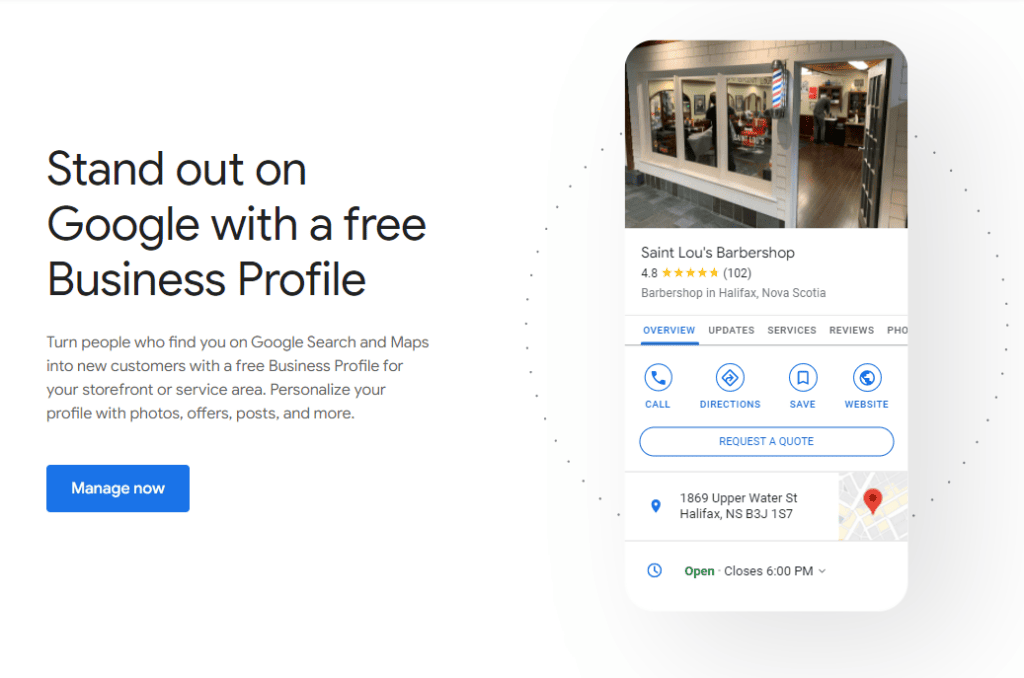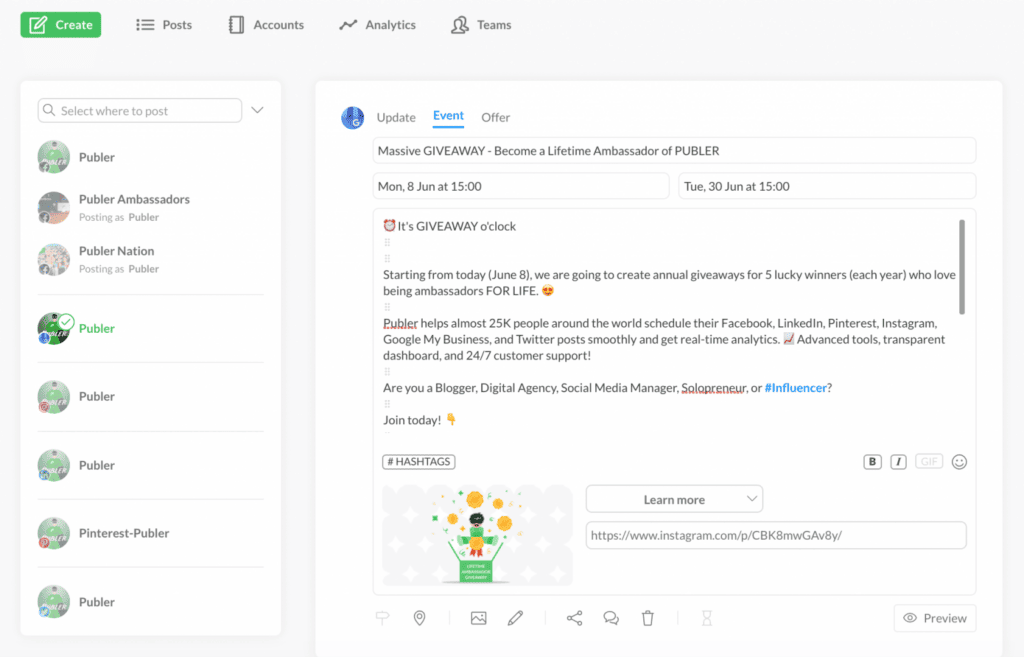Creating high-demand content and using accurate marketing tactics to get more visitors to your site only to see diminishing results is disappointing. If you cannot detect the cause of losing potential customers, it’s time to learn about search intent and SEO.
Knowing what keywords to target and understanding search intent are necessary to rank well on search engines.
In this blog post, we’ll discuss search intent and how you can use it to inform your SEO strategy. We’ll also go over the different search intent types and how to identify them. Armed with this information, you’ll be able to create content that meets the needs of your audience and ranks higher in search results. Learn everything you need to know about searcher intent and SEO.
What is search intent?
Search intent refers to the reason why someone is conducting a search online. It’s the goal or purpose behind the search, and it can take many different forms. For example, someone might be searching for information on a particular topic, trying to find a specific website, looking to make a purchase, or trying to solve a problem.
Understanding the search intent of users can help businesses and organizations create more effective SEO strategies and create content that is more likely to satisfy the needs of the people who are searching for it. Satisfying search intent is seen as helpful content to Google, which can result in better rankings.
Types of Search Intent
People google the same thing in different ways and sometimes different things in similar ways. As an SEO expert, it is crucial to know the different types of search intent to attract clicks. Every search intent has a different goal in mind.
Informational
People use informational searches to find out more about a topic. They want to learn something or understand something better. These searches generally start with Who, What, When, Where, Why, and How.
Transactional
Transactional searches are searches with the intent to buy something. The intent is to find a particular item they are looking for and purchase or avail of a service by clicking on a link. These types of searches generally start with Buy, Shop, and Purchase.
Navigational
Navigational searches are searches for a specific website or page. These types of searches generally include the name of the website or page you are looking for.
Commercial
People use commercial investigation searches when they are looking to buy something, but they want to compare different products or brands before they make a purchase. These types of searches generally start with Compare, Cheapest, and Best. The tone of commercial content is geared towards conversions, using persuasive writing techniques.
How to Identify and Optimize Content for Search Intent
Now that we know the four different types of search intent, let’s look at optimizing your website’s content for search intent. We can do that in four simple steps detailed below.
Analyze the Top Results in SERP
Search Engine Results Pages (SERP) are the pages a search engine displays after a user enters a query. The top results on a SERP are usually the most relevant to the user’s query and are generally from websites considered trustworthy and authoritative by Google.
There may be times when the top results don’t match the user’s intent. For example, if someone searches for “buy shoes online,” they probably want to see results for online stores where they can purchase shoes. The top result may be a blog post about how to pick the perfect pair of shoes.
While this result may be relevant, it’s different from what the user wants. In cases like this, it’s crucial to analyze the top results on SERP to see what content is ranking and why, better known as SERP analysis. This will help you optimize your content for search intent.
When analyzing websites on any SERP, there are a few things to consider:
- Relevance: Is the content relevant to the user’s query?
- Intent: Does the content match the user’s intent?
- Engagement: Is the content engaging and well-written?
- Authority: Does the site have authority?
- Rankings: How high is the content ranked on SERP?
Scan Related Searches and “People Also Ask” in Google
When you search on Google, you’re likely to see various results including websites, articles, videos, and more. But have you ever noticed the “Related Searches” and “People Also Ask” sections at the bottom of the page?
These two sections can be beneficial when trying to identify the search intent of a particular query.
The “Related Searches” section appears at the bottom of the page and lists other related searches you may be interested in. This can be helpful if you’re unsure what you’re looking for or want a better understanding of the topic.
For example, if you search for “weight loss tips,” the “Related Searches” section might list out other related searches like “weight loss diet,” “weight loss exercise,” “weight loss surgery,” and more.
The “People Also Ask” section appears as a box with a list of questions. These questions are based on popular searches that other people have conducted.
If you click on one of the questions, you’ll see a related answer from Google. This can be helpful if you want a quick answer to a question without clicking through to a website or article.
For example, if you search for “how to make a website,” the “People Also Ask” section might list out questions like “how much does it cost to make a website,” “how long does it take to make a website,” and more.
Consider Different Forms of Content That Satisfy Search Intent
Different types of content can satisfy different types of search intent. When optimizing your content for search engines, it is important to consider the type of content most likely satisfies the searcher’s intent.
One way to think about this is in terms of the “informational needs” of the searcher. Different types of content can be more or less helpful in satisfying these needs. A searcher looking for information about a particular topic might find a blog post helpful. On the other hand, a searcher looking for specific information about how to do something might find a video tutorial more helpful.
When creating content, you should consider the needs of your target audience and what type of content is most likely to satisfy those needs.
Plan and Create Content Based on Search Intent Research
There is no one-size-fits-all solution when it comes to content creation. The type of content that works best for your website depends on your business goals and the needs of your audience.
One of the best ways to ensure that your content is effective is to base it on search intent research. This involves understanding how people search for information online and creating content that meets their needs.
Once you have identified your audience’s search intent, it’s time to categorize your content. This will help you determine the appropriate tone, style, and format for your material.
You can identify your content in the following categories for creating compelling content:
- Keyword
- Search volume
- Content format
- Search intent
Key Takeaways
Understanding the search intent fundamentals will help improve your website’s SEO, ultimately helping you achieve better rankings.
Informational, transactional, navigational, and commercial are four types of search intents audiences use to search for their goal.
Identifying and optimizing content for search intent can be done by:
- Analyzing the top results in SERP
- Scanning “Related Searches” and “People Also Ask” sections
- Considering different forms of content to satisfy search intent
- Planning and creating content based on search intent.






